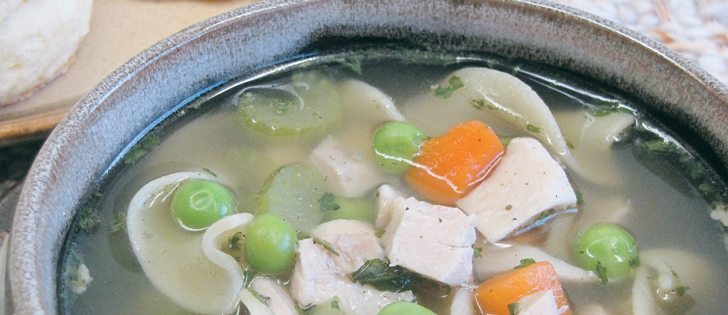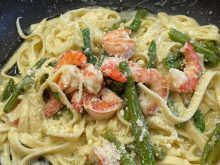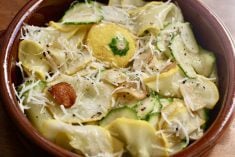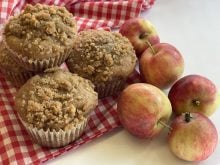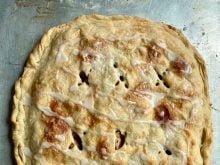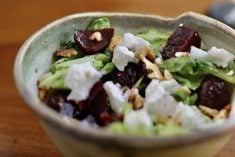The need to limit salt we consume may have little significance until we receive a diagnosis of high blood pressure, heart disease, kidney disease or stroke.
Sodium is a mineral found in salt and all salts are high in sodium. Kosher salt, sea salt, fleur de sel, gourmet salt and smoked salt all have about the same amount of sodium as table salt.
Sodium causes the body to retain fluids: the more fluid in the body, the harder the heart needs to work. But our bodies need sodium to control blood pressure and for muscle and nerve function.
Read Also

Students urged to consider veterinary medicine
Alberta government makes $86.5 million investment in University of Calgary to double capacity for its veterinary medicine program to address labour shortages in the field.
We require about 1,500 milligrams of sodium each day or about 2/3 teaspoon of table salt. Most Canadians consume more than double this amount. Healthy children need only 1,000 to 1,500 mg of sodium daily.
Most of the salt consumed is in packaged, processed and restaurant food. Processed meats, frozen meals, canned soups, packaged, seasoned rice and noodle products and many condiments contain large amounts of sodium.
Nutrition labels on packaging show the amount of nutrients per serving.
There is also a percentage of the daily value, a reference value based on recommendations for a healthy diet.
For sodium, the reference standard is 2,400 mg, which is 900 mg more than what the Canadian Dietetic Association lists as the amount the body requires.
If the value for sodium in a food is five percent DV or less, there is little salt in the food.
If it is 20 percent DV or more, there is a lot.
Expect your taste buds to take six to eight weeks to adjust to less salt in the diet.
Don’t reduce salt in baking and yeast bread because it’s necessary for dough development and flavour.
Low sodium chicken soup
A can of chunky chicken noodle soup contained 27 percent DV for a one cup (250 mL) serving. An easy alternative is homemade chicken noodle soup made with no salt chicken broth, fresh or frozen vegetables and pieces of chopped chicken.
This recipe makes six one cup (250 mL) servings, with a sodium content of less than five percent DV.
- 3 2/3 c. no salt added chicken broth 900 mL
- 1 c. water 250 mL
- 1 c. celery, sliced thinly 250 mL
- 1/2 c. onion, finely chopped 125 mL
- 1 tsp. sage 5 mL
- 1/2 tsp. pepper 2 mL
- 1/4–340 g package of medium noodles
- 2 tbsp. chopped parsley 30 mL
- 1 c. frozen peas and carrot 250 mL
- 1 c. cooked, boneless chicken pieces 250 mL
In a large soup pot, add the celery, onions, sage and pepper. Simmer for five minutes. Add noodles and cook four minutes. Add frozen peas and carrots, parsley and chicken. Cook five minutes or until noodles are tender and carrots are cooked.
Serve hot or cool and freeze into serving size containers for a quick meal.
Making changes
Making small changes in your food choices can make a big difference in the amount of sodium in your diet.
Simple ways to reduce sodium in the diet:
- Remove salt shaker from table.
- Rinse canned vegetables.
- Use less ketchup, soy sauce and other condiments.
- Compare nutrition fact labels on low sodium or low salt foods with regular food because of possible increase in sugar or fat to compensate for flavour loss.
- Beware of pickled, cured, smoked, seasoned and “in broth” food because they indicate high sodium levels.
- Use smaller amounts of pre-packaged mixes like taco kits, pasta and rice mixes.
- Choose unsalted snacks.
- Cook rice using water or low sodium broth.
- Consider roasted meats and poultry, fresh or low sodium canned fish, eggs or natural peanut butter for sandwiches.
- Use fresh or dried herbs and spices, garlic, onion, fresh ginger, vinegar, lemon or lime juice to enhance flavours.
- When eating out, ask for dressings, sauces and gravy on the side and use small amounts. Request low sodium food or a list of the nutrient content of food and request no salt or monosodium glutamate (MSG).
- Use whole fresh fruits, vegetables and meat to make meals instead of pre-packaged and processed foods and meats.
- Limit frozen TV dinners and frozen meats like chicken pieces.
Source: www.dietitians.ca, www.hc-sc.gc.ca, www.inspection.gc.ca.
Betty Ann Deobald is a home economist from Rosetown, Sask., and a member of Team Resources. Contact: team@producer.com.

